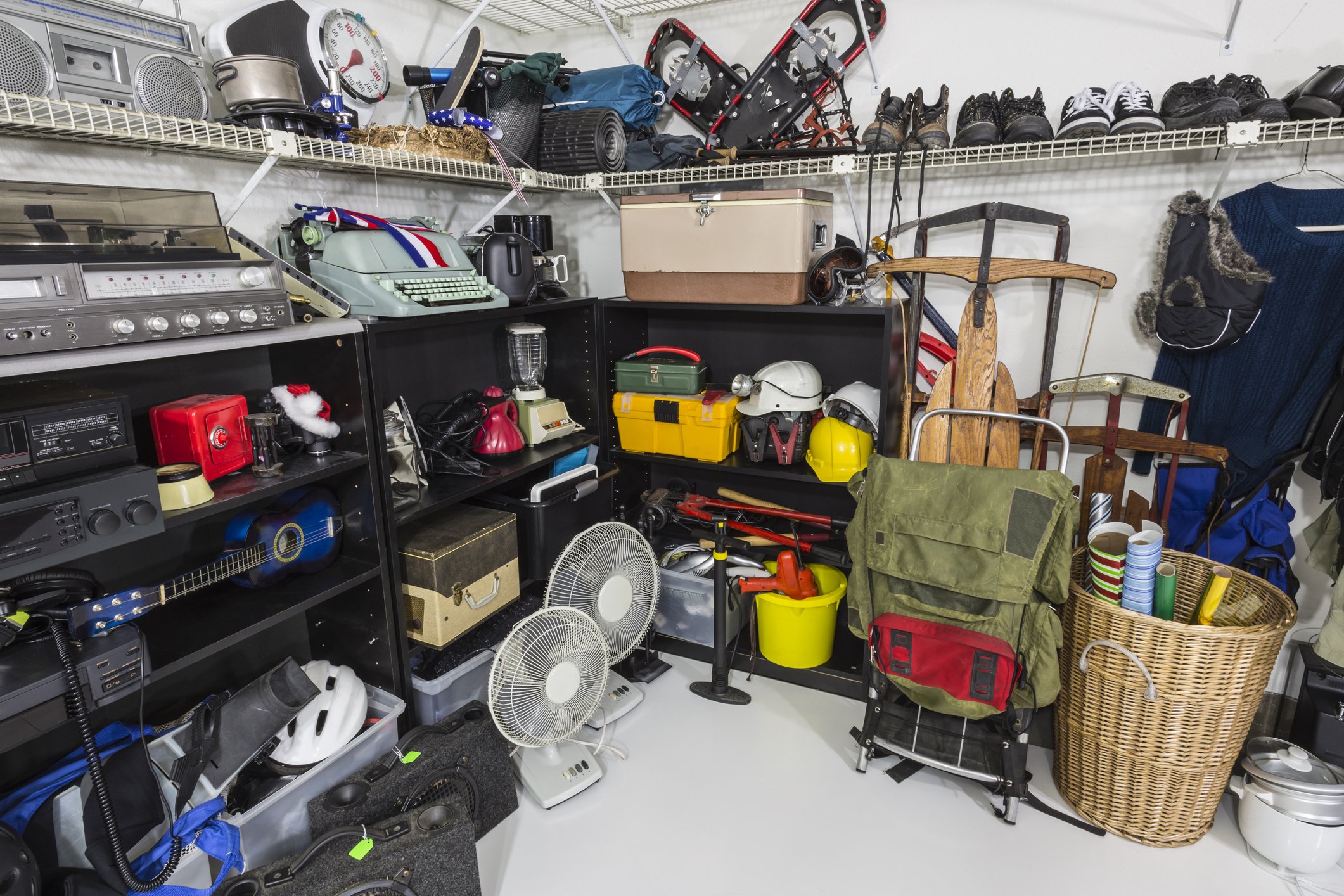 How much money is your stuff worth? Chances are, you think your possessions are more valuable than they actually are. Economists even have a name for the phenomenon: the endowment effect. Whether it’s a car, a stock or a stack of old books, people tend to assign a greater value to items they already own than they would if they didn’t already have a vested interest in their worth.
How much money is your stuff worth? Chances are, you think your possessions are more valuable than they actually are. Economists even have a name for the phenomenon: the endowment effect. Whether it’s a car, a stock or a stack of old books, people tend to assign a greater value to items they already own than they would if they didn’t already have a vested interest in their worth.
You can see the endowment effect in action every day on television. Take Pawn Stars, where eager, if somewhat deluded, sellers often value their collectibles at three or four times what the pawn shop’s owners think they’ll sell for. Or just browse the listings on Craigslist, where you can usually find people offering everyday household items for nearly as much as you can buy them new. These people may seem greedy, but in reality they might just be harboring a mistaken idea about their item’s value.
Most of us aren’t immune from misunderstanding how much our stuff is really worth. Who hasn’t tried to sell an item only to be disappointed when you couldn’t get your asking price, assumed a family heirloom has monetary rather than sentimental value, or held on to something useless — like comic books, Beanie Babies or old toys — just because it might be worth something someday? From real estate to childhood collectibles, here are five things you might own that probably aren’t worth as much as you think.
1. Your House
Housing prices keep going up, but that doesn’t mean your house is worth as much as you think it is. Homeowners typically overestimate their property’s valueby around 8%, according to a 2015 study published in the Journal of Housing Economics.
Owners’ emotional attachment to their home might have something to do with the discrepancy between anticipated and real home values. People also tend to assume the renovations they made to their home add more value than they really do. In reality, homeowners rarely get back 100% of what they put into updating their property. Unique or custom renovations that are highly valued by a homeowner might actually drag down a home’s value.
“When you invest in truly customized upgrades … you might not get a quality return on your investment,” Colby Sambrotto, president of USRealty.com, told The Cheat Sheet earlier this year.
2. Sports Cards
In August 2016, a 1979 Wayne Gretzky hockey card sold for $465,000 at an auction in Atlantic City, N.J. The six-figure price might inspire you to get your own collection of hockey, baseball, or other sports cards out of the attic, but don’t expect to find a fortune in a dusty shoebox.
As with any collectible, sports cards are worth whatever someone is willing to pay. In many cases that’s not much. Just ask the guy who couldn’t find any takers for his lovingly assembled, 20,000-card collection. Though some old and rare baseball cards still fetch high prices, the market is nothing like it was at its peak in the ‘80s and early ‘90s. Your cards may have some nostalgic value, but unless you have a gem in your collection, you won’t be using them to put your kids through college.
3. Engagement Rings & Other Jewelry
The average engagement ring costs $5,871, according to wedding website The Knot, but if you want to sell your sparkly rock, you’ll probably get only a fraction of the original cost back. “Retailers mark [diamond rings] up so high, they depreciate as soon as you walk out of the store,” Ed Snyder, a certified financial planner with Oaktree Financial Advisors in Carmel, Ind., told The Cheat Sheet.
A used engagement ring may fetch only half of its original selling price when you try to unload it. Your other jewelry may not be worth much either. While prices for used necklaces, rings and bracelets can vary widely, getting more than what you paid for a piece is rare, Howard Rubin of the National Association of Jewelry Appraisers told The Los Angeles Times, and in most cases, you’ll sell at a significant loss.
4. Antique Furniture
The old dresser, dining table or secretary desk you inherited from your great-grandmother may look cool, but that doesn’t mean it’s worth a lot. Antique furniture isn’t in extreme demand these days, the Wall Street Journal reported, and would-be sellers are often disappointed when their “priceless” items turn out to be nearly worthless.
For one, the item you think is a century old may be a much newer reproduction or an outright fake, with a correspondingly low value. Genuine antiques may have been damaged or poorly restored, which also affects what they are worth. Finally, tastes have changed, and many buyers simply aren’t interested in bulky, dark wood pieces from the Victorian era or earlier. (The Economist reported, however, that mid-century modern pieces are a different story.)
5. Fine China
Like old furniture, fine china that’s passed down from generation to generation may have sentimental value, but you likely won’t get much if you try to sell. Lifestyles have changed, which mean younger people don’t often feel the need to keep an extra set of dishes around just for special occasions. They’re unloading older sets, but they’re generally not making much by doing so, especially if the pieces are chipped or otherwise damaged.
Unless your vintage china is very high quality or a rare pattern, you probably won’t find too many takers, Deb Lee, a professional organizer, told The Washington Post. An antique dealer can tell you whether a set is worth anything. If it doesn’t have much value and you don’t need it, donating it and deducting the value on your taxes may be your best bet.
This article originally appeared on Credit.com and was written by Megan Elliott.










